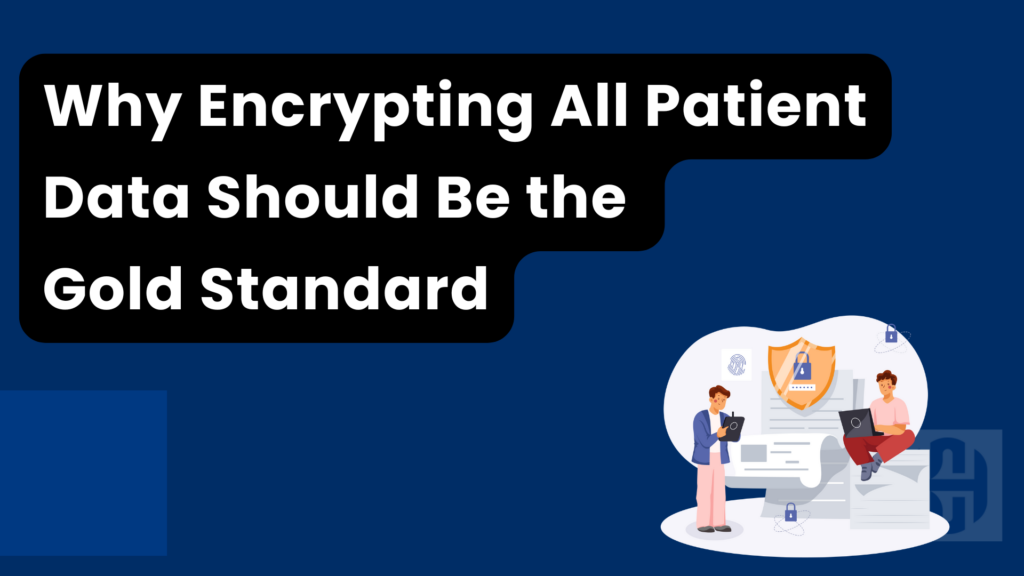Introduction
A Business Associate Agreement (BAA) is a crucial element in maintaining HIPAA compliance for any organization that handles protected health information (PHI). This article delves into what a Business Associate Agreement entails, why it is essential, and how it helps in safeguarding sensitive health information. We will cover various aspects of BAAs, ensuring you have a comprehensive understanding of their importance and implementation.
What is a Business Associate Agreement?
A Business Associate Agreement is a legally binding document between a HIPAA-covered entity and a business associate. A business associate is any third party that performs activities involving the use or disclosure of PHI on behalf of a covered entity. The BAA outlines the responsibilities of the business associate regarding PHI protection and compliance with HIPAA regulations.
Importance of a Business Associate Agreement
Ensuring HIPAA Compliance
The primary purpose of a BAA is to ensure that business associates comply with HIPAA regulations. Without a BAA, covered entities could face significant penalties for non-compliance. The agreement establishes clear guidelines and expectations, ensuring that both parties understand their roles in protecting PHI.
Protecting Patient Privacy
A BAA is vital for protecting patient privacy. By defining the permissible uses and disclosures of PHI, the agreement helps prevent unauthorized access and ensures that PHI is handled with the utmost care. This protection is essential for maintaining patient trust and safeguarding sensitive health information.
Reducing Legal and Financial Risks
Entering into a BAA helps reduce legal and financial risks for both covered entities and business associates. In the event of a data breach or HIPAA violation, the agreement outlines the responsibilities and liabilities of each party, providing a framework for addressing such incidents. This clarity can help mitigate potential legal disputes and financial repercussions.
Key Components of a Business Associate Agreement
Scope and Purpose
The BAA should clearly define the scope and purpose of the agreement. This section outlines the specific services the business associate will provide and the types of PHI they will handle. It ensures that both parties have a mutual understanding of their roles and responsibilities.
Permitted Uses and Disclosures
This section specifies how the business associate is allowed to use and disclose PHI. It must align with HIPAA regulations and the covered entity’s privacy policies. The agreement should explicitly state that any use or disclosure not permitted by the BAA or HIPAA is prohibited.
Safeguards and Security Measures
The BAA must outline the security measures the business associate will implement to protect PHI. This includes administrative, physical, and technical safeguards to ensure the confidentiality, integrity, and availability of PHI. The agreement should also address encryption, access controls, and audit controls.
Reporting Requirements
The BAA should establish the procedures for reporting breaches or security incidents. Business associates are required to report any unauthorized access, use, or disclosure of PHI to the covered entity. The agreement should specify the timeframe for reporting and the steps to be taken to mitigate the impact of the breach.
Termination of the Agreement
This section outlines the conditions under which the BAA can be terminated. It should include provisions for terminating the agreement if the business associate fails to comply with HIPAA regulations or the terms of the BAA. The agreement should also address the return or destruction of PHI upon termination.
How to Implement a Business Associate Agreement
Identify Business Associates
The first step in implementing a BAA is to identify all business associates. This includes any third-party vendors, contractors, or service providers that handle PHI on behalf of the covered entity. It is essential to have a comprehensive list of business associates to ensure all necessary agreements are in place.
Drafting the Agreement
Once the business associates are identified, the next step is to draft the BAA. It is advisable to use a standardized template that meets HIPAA requirements. However, the agreement should be customized to address the specific needs and services of each business associate. Legal counsel should review the BAA to ensure it complies with HIPAA regulations and adequately protects the covered entity.
Reviewing and Signing the Agreement
Both parties should thoroughly review the BAA before signing. It is crucial to ensure that all terms and conditions are clearly understood and agreed upon. The signed agreement should be kept on file for future reference and compliance audits.
Ongoing Monitoring and Compliance
Implementing a BAA is not a one-time task. Ongoing monitoring and compliance are essential to ensure that business associates adhere to the terms of the agreement. Regular audits, assessments, and training can help maintain compliance and protect PHI.
Challenges and Best Practices
Common Challenges
Implementing and managing BAAs can present several challenges. These include identifying all business associates, ensuring compliance with HIPAA regulations, and maintaining up-to-date agreements. Additionally, managing the reporting and response to breaches can be complex and time-consuming.
Best Practices
To overcome these challenges, organizations should adopt best practices for managing BAAs. These include:
- Comprehensive Inventory: Maintain a detailed inventory of all business associates and regularly update it.
- Standardized Templates: Use standardized BAA templates to ensure consistency and compliance.
- Regular Audits: Conduct regular audits and assessments to ensure compliance with HIPAA and the terms of the BAA.
- Training and Awareness: Provide ongoing training and awareness programs for employees and business associates to ensure they understand their responsibilities.
- Legal Counsel: Engage legal counsel to review BAAs and ensure they meet HIPAA requirements.
The Role of Technology in Managing Business Associate Agreements
Automated Solutions
Technology can play a significant role in managing BAAs. Automated solutions can streamline the process of drafting, reviewing, and storing agreements. These tools can also help track compliance and manage reporting requirements.
Secure Communication
Using secure communication platforms ensures that PHI is protected during the exchange between covered entities and business associates. Encrypted email, secure messaging, and secure file transfer solutions can help maintain the confidentiality of sensitive information.
Monitoring and Reporting
Advanced monitoring and reporting tools can help identify potential compliance issues and breaches. These tools can provide real-time alerts and detailed reports, enabling organizations to respond promptly to incidents and maintain compliance.
Conclusion
Business Associate Agreements are a critical component of HIPAA compliance for any organization that handles PHI. By clearly defining the responsibilities of both covered entities and business associates, BAAs help protect patient privacy, reduce legal and financial risks, and ensure compliance with HIPAA regulations. Implementing and managing BAAs can be challenging, but adopting best practices and leveraging technology can streamline the process and enhance compliance. At HIPAA Certify, we provide expert guidance and support to help organizations navigate the complexities of BAAs and maintain the highest standards of data security and compliance.





